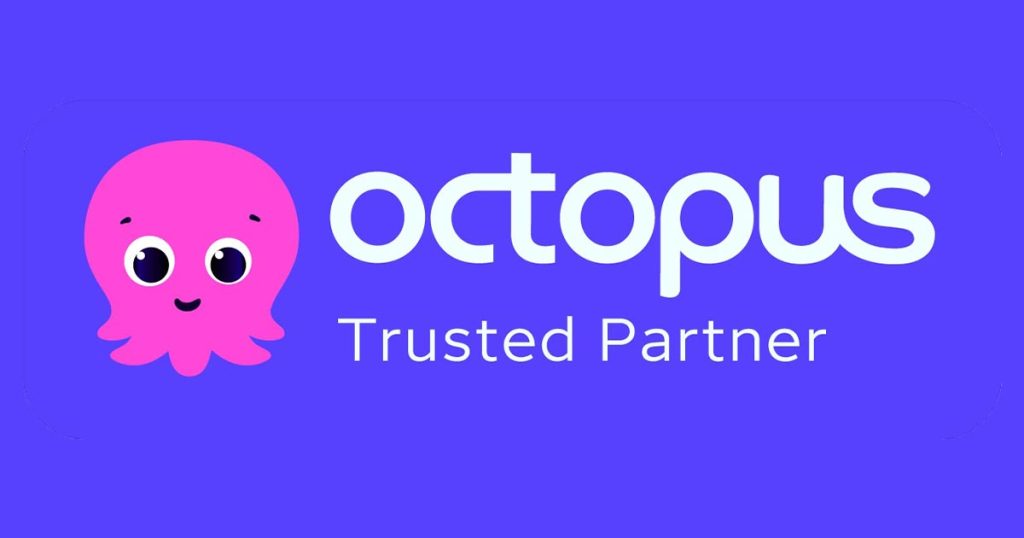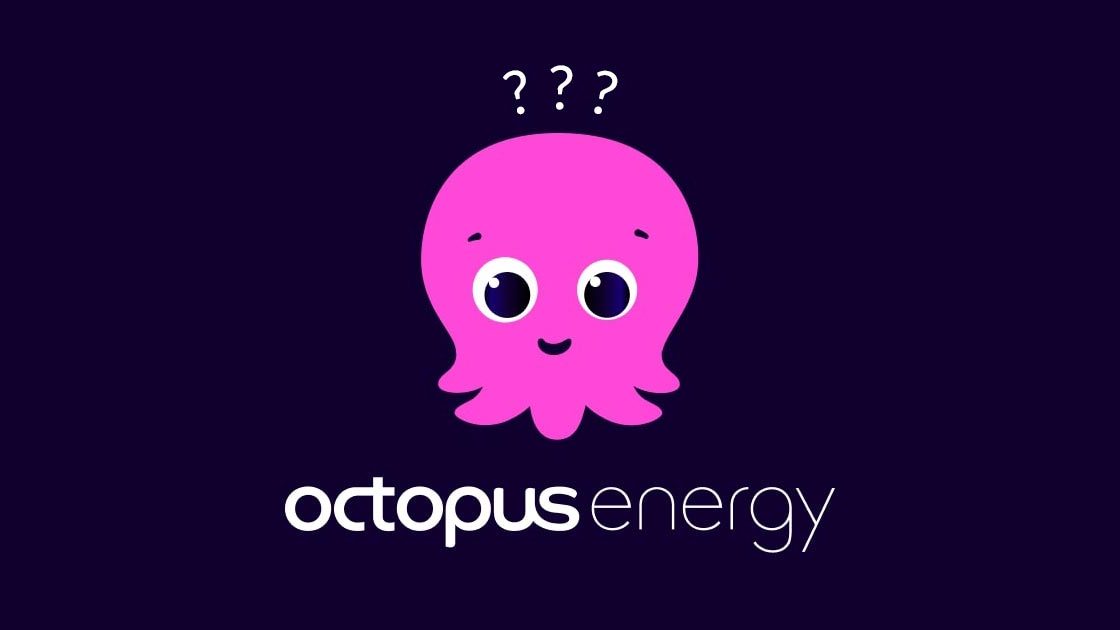Choosing the right energy tariff can be a daunting task. With numerous providers and a variety of plans available, navigating the options can feel overwhelming. If you’re an Octopus Energy customer, you might be wondering which of their two main tariffs – Fixed or Flexible – is the best fit for you.
This comprehensive guide explores the key differences between Octopus Energy’s Fixed and Flexible tariffs, helping you make an informed decision based on your energy usage habits and budget preferences.
Understanding Fixed Tariffs: Predictability and Peace of Mind
A Fixed Octopus Energy tariff offers a set price per unit of electricity (kWh) for the entire duration of your contract. This provides predictability and peace of mind. You’ll know exactly how much you’ll be paying for your energy, regardless of fluctuations in the wholesale electricity market. Here are some key benefits of a Fixed Octopus Energy tariff:
- Price Stability: With a Fixed tariff, your unit rate remains locked in for the contract period, typically 12 months. This protects you from potential price rises in the wholesale market.
- Budgeting Ease: Knowing your exact energy costs allows for easier budgeting. You can plan your household expenses with confidence, knowing exactly how much to allocate for electricity each month.
- Peace of Mind: Fixed tariffs offer peace of mind, especially during periods of market volatility. You won’t be surprised by sudden price increases, allowing you to focus on other things.
Embracing Flexibility: The Benefits of Octopus’ Flexible Option
Octopus Energy’s Flexible tariff, also known as the “Flexible Octopus,” is a variable tariff. This means the unit price of electricity can fluctuate based on the wholesale market price. While this may initially seem less predictable, there are advantages to consider:
- Potential for Savings: When wholesale prices are low, you can benefit from significant savings on your energy bills. The Flexible Octopus tariff tracks the wholesale market closely, allowing you to potentially pay less during off-peak hours and periods of lower demand.
- Rewarding Lower Demand Periods: By shifting your energy usage to off-peak hours (typically overnight and weekends), you can take advantage of lower electricity prices on the Flexible Octopus tariff. This can be a good option for households that have the ability to manage their energy consumption.
- Green Energy Focus: The Flexible Octopus tariff reflects the real-time cost of electricity, which is often lower when renewable energy sources like wind and solar are generating a significant portion of the grid’s power. By choosing this option, you’re indirectly encouraging the use of cleaner energy sources.
Octopus Go: A Hybrid Option for the Best of Both Worlds
Octopus Energy also offers a third tariff option called Octopus Go.
This hybrid plan combines elements of both Fixed and Flexible tariffs. Octopus Go offers a fixed low price for electricity during off-peak hours (typically overnight) and a separate, higher rate during peak hours. This can be a good option for households that can shift a significant portion of their energy usage to off-peak periods and take advantage of the lower night-time rates.
Making the Right Choice: Factors to Consider When Choosing a Tariff
Ultimately, the best Octopus Energy tariff for you depends on your individual circumstances and energy usage patterns. Here are some key factors to consider when making your decision:
- Budget Preferences: If you prioritize predictability and prefer knowing your exact energy costs upfront, a Fixed tariff might be the better choice. However, if you’re flexible and comfortable with some price fluctuations in exchange for potential savings, the Flexible Octopus could be a good option.
- Energy Usage Habits: Do you have the ability to shift your energy usage to off-peak hours? If so, the Flexible Octopus could potentially offer significant savings. However, if your energy consumption is consistent throughout the day, a Fixed tariff might be more suitable.
- Risk Tolerance: Are you comfortable with some degree of price fluctuation? If not, a Fixed tariff would offer greater peace of mind. However, if you’re open to some risk in exchange for potential rewards, the Flexible Octopus could be an attractive option.
In Conclusion:
Choosing the right energy tariff can make a significant impact on your household budget and your environmental footprint. By understanding the key differences between Octopus Energy’s Fixed and Flexible tariffs, and exploring the hybrid option of Octopus Go, you can make an informed decision that aligns with your individual needs.
About AES
At AES we help our existing customers navigate the different Octopus Energy tariffs and identify the best option for their homes. Our team of experts has a deep understanding of Octopus Energy’s offerings and can analyse customer energy usage patterns to recommend the tariff that best suits their needs and budget.
Contact us today to discuss our wide range of renewable solutions and let’s unlock a more sustainable and cost-effective energy future for your household!
Contact us today and let’s unlock a more sustainable and cost-effective energy future for your household!

Cleaner, simpler, fairer energy
Switch today and get £50 credit
Learn more about the benefits of Octopus Energy today







